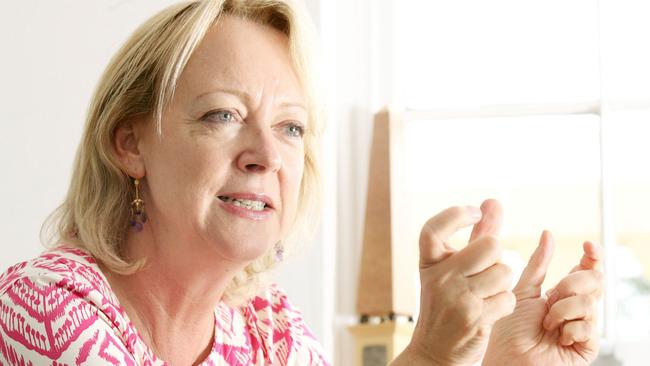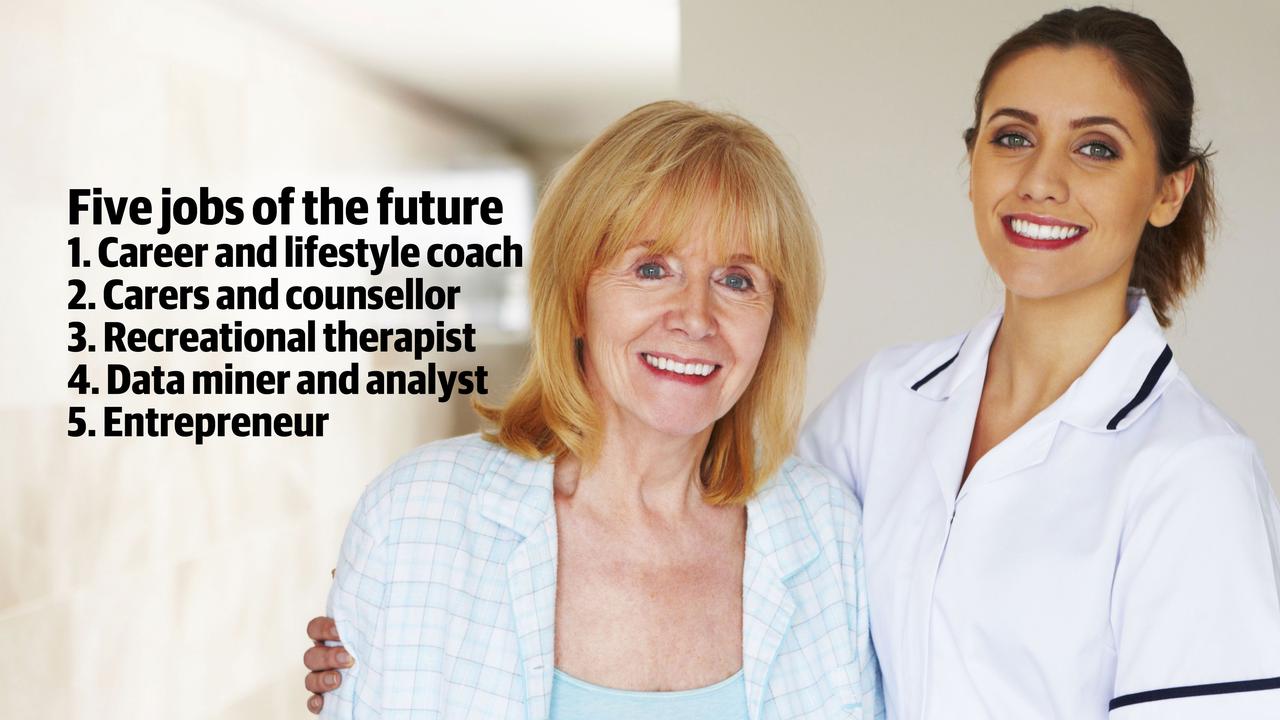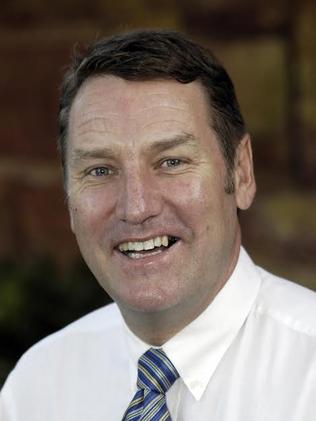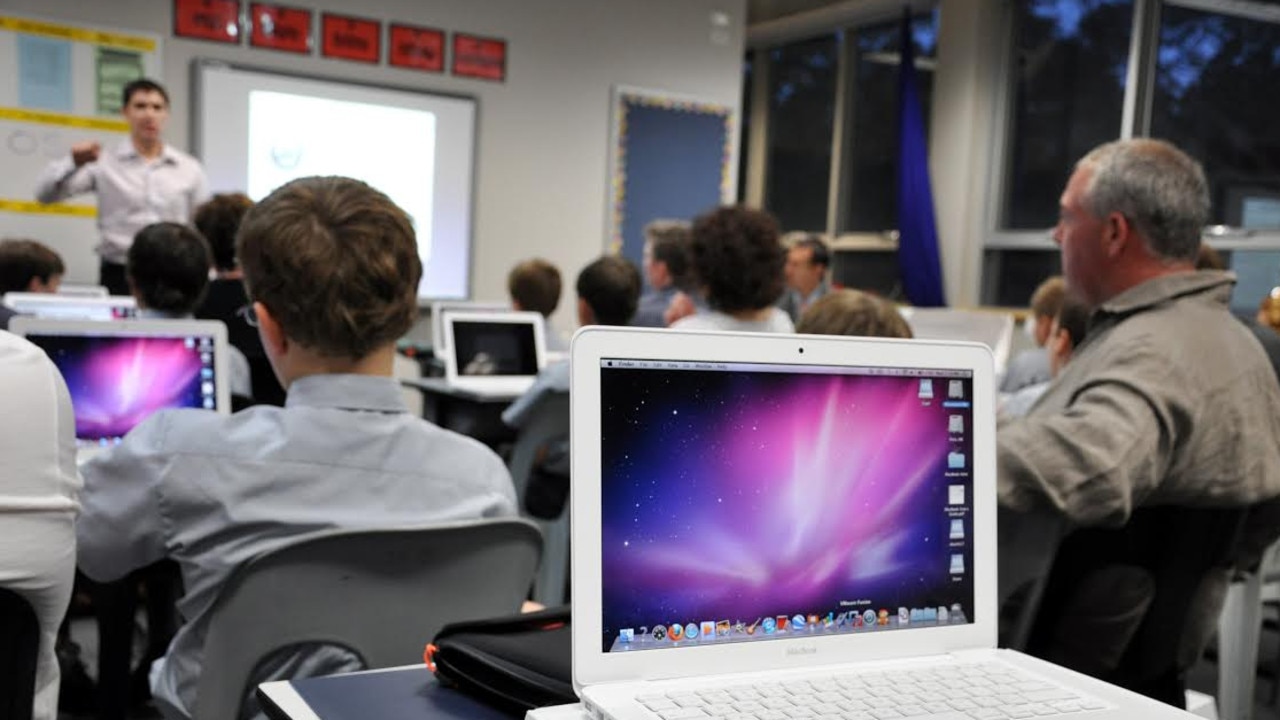MORE than 60 per cent of Australian students are studying for jobs that may no longer exist in 15 years’ time and, even for those of us in employment, the pressure is on to stay relevant.
So where does that leave us? And what can we do to ensure that ourselves and our children will be able to secure employment in future years?
The simple answer is we need to adapt.
How to make the most of your time at work
One major change to our working lives will be the length of time we will be in employment, with experts predicting that, as life expectancy rises, we will need to work for much longer than the current expectations.
That means, according to latest research, we will have plenty of time learn to become better humans.
While futurists can’t agree on how long we will live, one thing for sure is we will be living longer and, in turn, working longer.
Lynda Gratton, one of the world’s leading researchers on the future of work, suggests in her research that as soon as about 2025, we may well live until we are 100 years old, in which case we will have to work well into our 80s in order to be able to afford to live in retirement.

The Director of Growth and founder of Brisbane-based national recruitment and HR consulting company Davidson, Rob Davidson, said we need to change our attitudes to the retirement age.
“Even if we discount Gratton’s estimates by 10 per cent and assume we may live to 90, the issue remains, we will be working longer,” Mr Davidson said.
“The days where we retire at 65 years of age and have a 30-year holiday is going to be a thing of the past.
“Retirement was invented by the German Chancellor Otto von Bismarck in 1889 where he set retirement age at 70, which was the first time retirement had been legislated. Other countries in Europe followed and set it at 65.
“At the time this was irrelevant, as the average life expectancy of a man was 47. Further to that, today’s research is showing life expectancy is increasing by three months a year.
“As the gap between retirement and when we meet our maker is growing, the next generation will simply not be able to afford retirement and will need to work into their 80s.”

What about tomorrow’s generation of workers?
The next generation is going to be living longer, working longer, have around 17 jobs, five career changes and competing with robots for jobs – is there any good news to this story?
Yes. Thankfully, yes. And it all starts in the classroom.
A recent report from The Foundation for Young Australians (FYA) says young people will be the hardest hit in the future, as the economy and labour market undergo significant changes over the coming decades.
The report, The New Work Order: Ensuring young Australians have skills and experience for jobs of the future, not the past, shows the future will be affected by three drivers: automation, globalisation and collaboration.
• Automation: With smarter machines performing a growing number of traditionally human tasks.
• Globalisation: Where technology platforms are making it possible for workers around the world to do jobs from remote locations.
• Collaboration: Through which we will see an increasing number of people engaged in flexible work with a range of employers to generate an income.
FYA CEO Jan Owen AM said urgent action was required to ensure the next generation was prepared for the economy of the future and equipped with the tools to drive it.
“This report shows that right now, around 70 per cent of young Australians are getting their first job in roles that will either look very different or be completely lost in the next 10 to 15 years due to automation. Today’s 12-year-old won’t have the same opportunities to get a start in the workforce,” Ms Owen said.


“Yet young Australians are not being geared for this change. Our report found nearly 60 per cent of Australian students (71 per cent in Vocational and Educational Training) are currently studying or training for occupations where at least two thirds of jobs will be automated over the coming decades. Many of the jobs they are studying could vanish in 10 to 15 years’ time.
“We need to provide our young people with a different set of skills – to allow them to navigate their way through a diverse employment journey that will include around five career changes and an average of 17 different jobs.
“We must start thinking differently about how we back young people for the jobs and careers of the future, so they don’t get stuck in the past.”

Mr Davidson went further to say that not only do we have a generation studying jobs that will be obsolete in the future, but jobs for graduates are becoming less available.
“Graduate salaries have been dropping over the past 10 years, or even longer,” he said.
“We are also seeing a dramatic decline in the quality of work that graduates are being given by organisations, and the use of their cognitive skills has been declining rapidly, thanks to the introduction of automation and offshoring.
“The key is for the next generation to develop communication and collaboration skills along with STEM skills – this is critical in surviving.”
PwC’s research indicates that 75 per cent of the fastest-growing occupations now require these skills.
“Unfortunately, Australia is lagging on a number of key STEM indicators. STEM university completions are flat, the number of Year 12 students studying STEM subjects is declining and businesses are struggling to find STEM employees,” PwC’s Jeremy Thorpe said.
In 2009, West Australian school Aquinas College introduced a technology program that required students to work with computers from Year 5 onward, putting them years ahead of the pack.

Headmaster Mark Sawle said last week their focus went well beyond the traditional three Rs of education, it focused on preparing them for the future.
“It is our job to ensure they are prepared and have a strong understanding on the world of digital, while also ensuring they are good digital citizens,” Mr Sawle said.
“We tell our students that technology is part of their pencil case to help them solve problems, work collaboratively and be proficient in finding solutions.
“We see it is our job to prepare them for the future and ensure they have a wide range of skills from problem solving, communication skills, thorough digital skills, innovative thinking and ensuring they get the job done.
“All schools need to ensure their students are work ready and have a set of employable skills that can transfer to the future and future roles.”
In preparing the next generation of workers, Ms Owen says the rest of Australia is not acting fast enough.
“Unfortunately, our national curriculum is stuck in the past – with the current recommendation that teaching in digital skills doesn’t commence until Year 9. This is despite the international evidence that says we must go early.
“If we don’t start early to equip our young people to be digitally-literate, financially-savvy, innovative, adaptable workers they will not be able to keep up in the global market place, and the gap between high-income earners and low-income earners will get even wider for the next generation.”
Ms Owen said learning should focus on core skills including: communication; financial literacy; digital literacy; project management; creativity; and innovation.
“Since 2012, the OECD has reported that the development of enterprise skills is a more powerful predictor of long-term job success and performance than technical ‘subject-specific’ knowledge. This will become even more important in the future,” Ms Owen said.
“If we equip our young people with the right set of skills, a thirst for innovation, and the ability to collaborate, we can ensure they take our nation’s economy in a positive direction and build the kind of lives and society for themselves we would all hope for our children.”
The key message is “average is over”, Mr Davidson said.
“Average businesses and average employees don’t have a terribly good future anymore,” he said. “In a world where robots can flip 350-400 burgers in an hour, it’s time we start building better humans to ensure they are future fit.”

Add your comment to this story
To join the conversation, please log in. Don't have an account? Register
Join the conversation, you are commenting as Logout
Thousands of Aussies want inquest into Louisa Ioannidis’ death
Calls for an inquest into the death of 24-year-old Louisa Ioannidis, who was found dead in a Melbourne creek, have grown after new evidence was discovered.
‘Silenced and sidelined’: Broken justice system fails victims of crime
Victims of violent crimes and sexual assault say going through Victoria’s “injustice” system was worse than the crime itself, with some questioning whether they would ever report another crime.